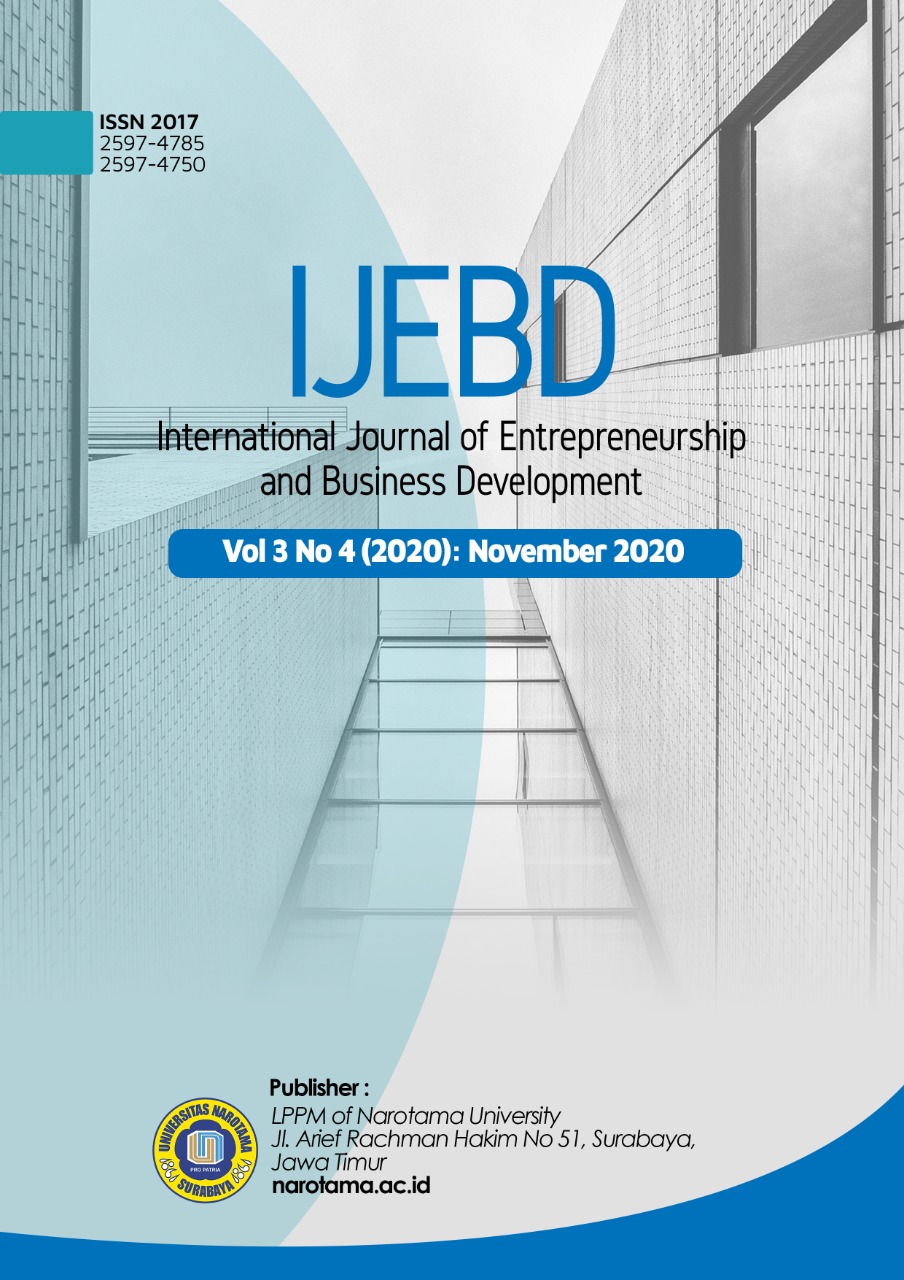Environmental-Based Student Centered Learning at The First Middle School Level
Abstract
Purpose: This study aims to implement Environmental-Based Student Centered Learning At The First Middle School Level
Design/methodology/approach: The research design was cross-sectional. Two cohorts of student teachers were included. Both questionnaires were administrated at the same moment, either by means of a paper-and-pencil questionnaire or by means of a digital questionnaire. Both versions were identical. The digital version was used in order to increase the response rate.
Findings: Student - centered small group learning environments should make students feel safe and encourage students to increase a sense of belonging for their academic success. On the one hand, peer-to-peer interaction and teacher can serve as an antecedent to the sense of the students for belonging. Communication with colleagues makes the learning environment more academic and social. The environmental-based learning model is a model that can be used to improve student learning skills and outcomes because it can create a more enjoyable, more interactive, less boring, effective, and efficient learning atmosphere
Research limitations/implications: The use of appropriate learning models will improve students' abilities
Practical implications: The environment-based learning model is one model that can be used to improve student learning skills and outcomes because it can create a learning atmosphere that is more enjoyable, more interactive, less boring, effective, and efficient.
Paper type: This study is categorised as a case study.
Downloads
Copyright (c) 2020 IJEBD (International Journal Of Entrepreneurship And Business Development)

This work is licensed under a Creative Commons Attribution-ShareAlike 4.0 International License.














